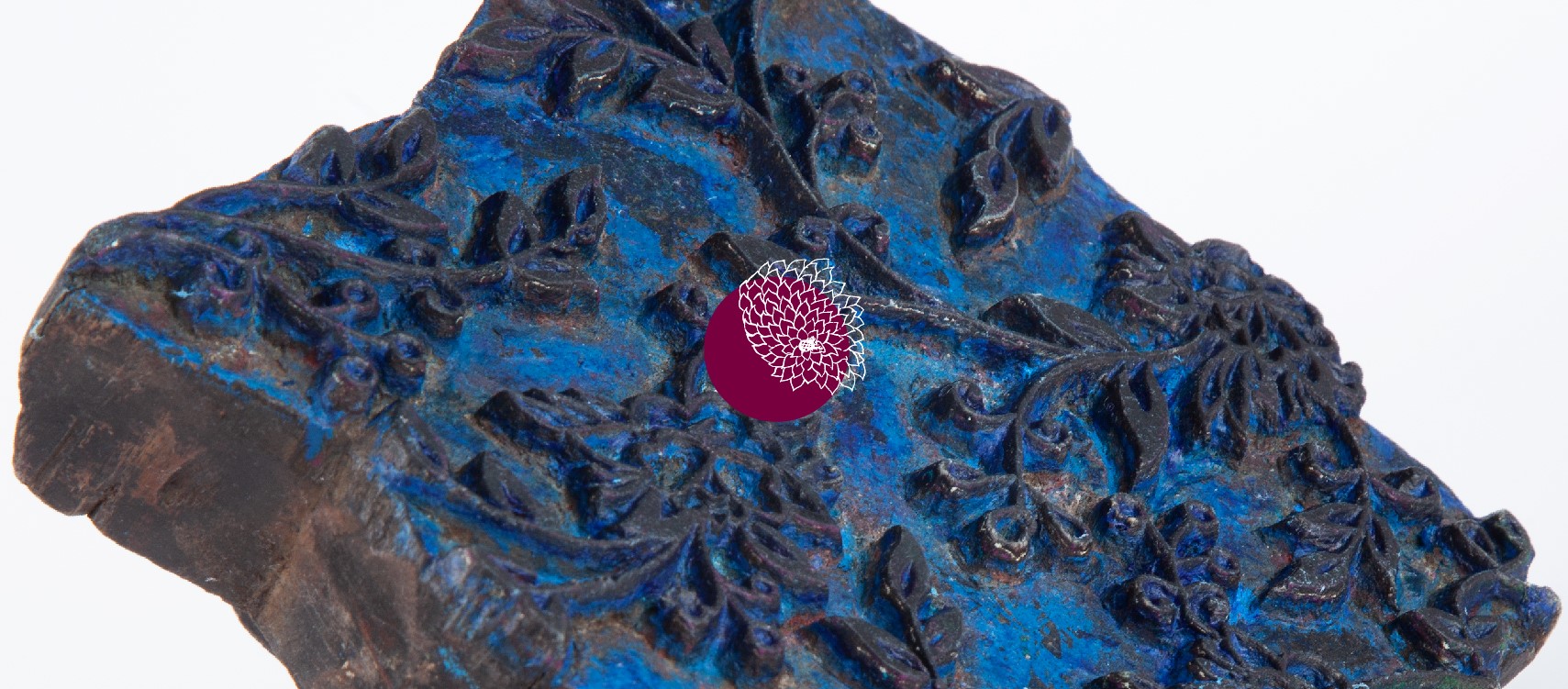
Have you ever thought an agate stone, marble rock or peewit egg could be source of inspiration for paper decoration? Have you ever seen a book decorated with fingerprints? Do you know that paper can be gilt? Or that flour and bovine gall were used to produce dyes for paper decoration? On 14 September, Vilnius University Library launches a digital exhibition Tales of Decorated Paper, which not only relays many incredible stories about paper decoration but also introduces you to the five earliest paper decoration techniques from its golden age – the 18th century – that were used for the decoration of endpapers and covers of books, furniture, instruments or even wallpaper.
The five-part tale invites you to explore examples of block-printed, sprinkled, marbled, paste and brocade paper, to admire exquisite patterns and ingenuity of early book creators and decorators, to appreciate the subtlety of fine crafts and the art of decoration. Inspired by the stylistics of Oriental cultures, it combines both abstract geometrical and natural motifs. In our times such paper is made by only a few artisans, while examples of the paper made by the old masters can be seen mostly only in museum and library collections.
A certain paper decoration technique and examples of such paper will be presented every week, therefore, every Tuesday for more than a month keen observers will be able to see five new incredibly colourful stories. The first story A Pacing Woodblock. Block-printed PaperPaper invites viewer to get to know a technique that uses woodblocks for the decoration of paper.

Illustr.: Hand-coloured woodblock-printed paper, characteristic to craft shops of France, was known as “domino” or “dominotier” paper (French: papierdominoté). The back cover taken from ‘DUCHOWNA THEOLOGIA...’by Jan Morawski. Poznan, 1695. Photo: R. Malaiška
Block-printed paper appeals by its coloured layers. While decorating, a separate wood block was used for each colour of printing. Covered with different colour paints, wood blocks would be pressed one after another. Thus, multicoloured paper decorated with patterns was made.
The block-printing technique that allowed to create glamorous patterns originated in Far East. The almost magical way to multiply images eventually spread towards the West bringing along exotic foliage patterns of Oriental chintz fabrics, which eventually became an inseparable part of European art and interiors.
Block-printing (xylography) or woodcut is one of the earliest printing techniques widely used for book printing, particularly for illustrations both before and after the invention of Guttenberg's printing press. Many masterpieces had been carried out following this technique, however, block-printing was also used in folk art – while printing images of saints, calendars and playing card backs. In the 18th century, sheets of block-printed paper with larger patterns were used as wallpaper. Decorated sheets, interconnected and glued to the wall, would make a solid ornamental drawing. Sometimes printers and bookbinders used such paper for book covers.
Digital exhibition Tales of Decorated Paper in Lithuanian and English languages has been launched on Google Arts and Culture. The first part – A Pacing Woodblock. Block-printed Paper – is available here>>
Other stories:
A Swarm, Landed. Sprinkled Paper – on 21 September
A Ripple, Captured. Marbled Paper – on 28 September
A Soft Footprint. Paste Paper – 5 October
A Golden Garden. Brocade Paper – 12 October
2021-09-15
